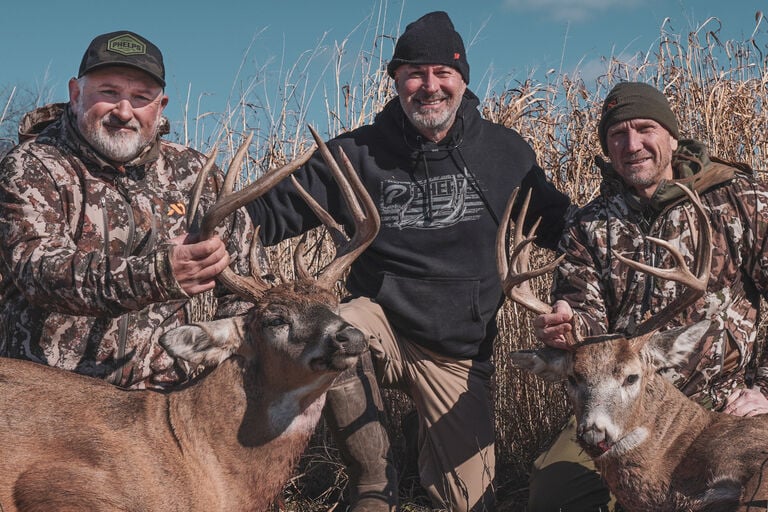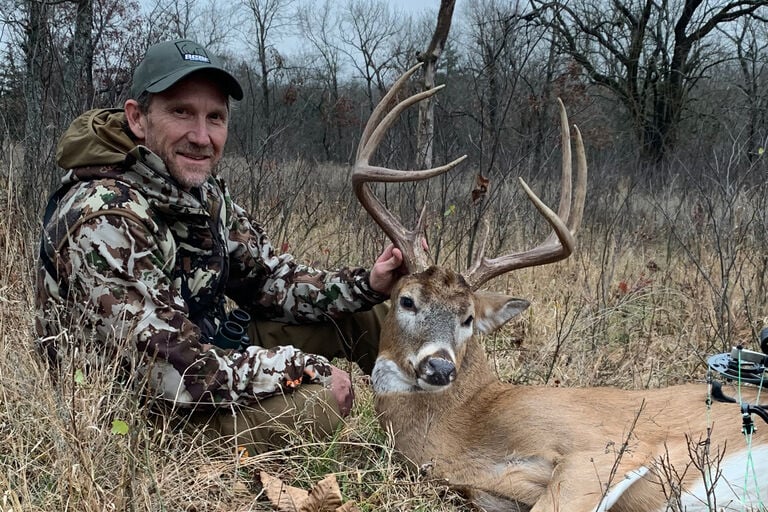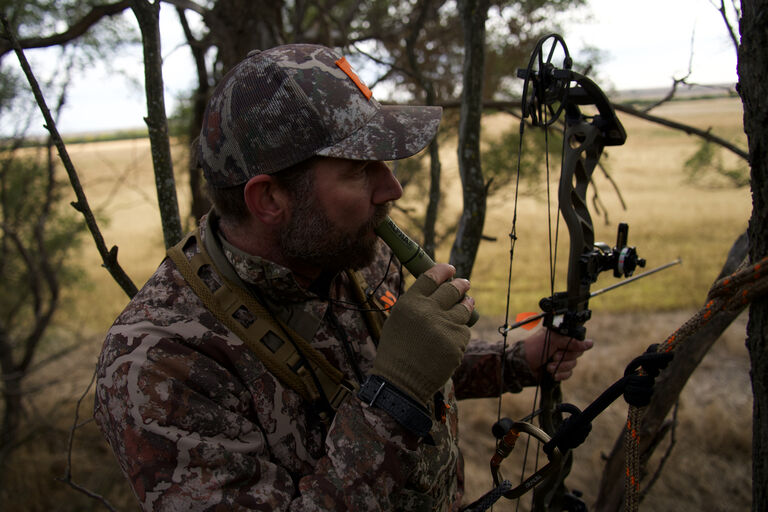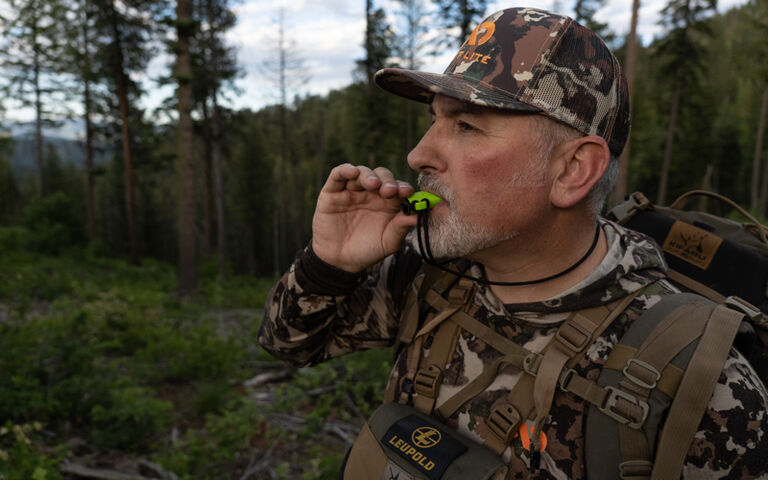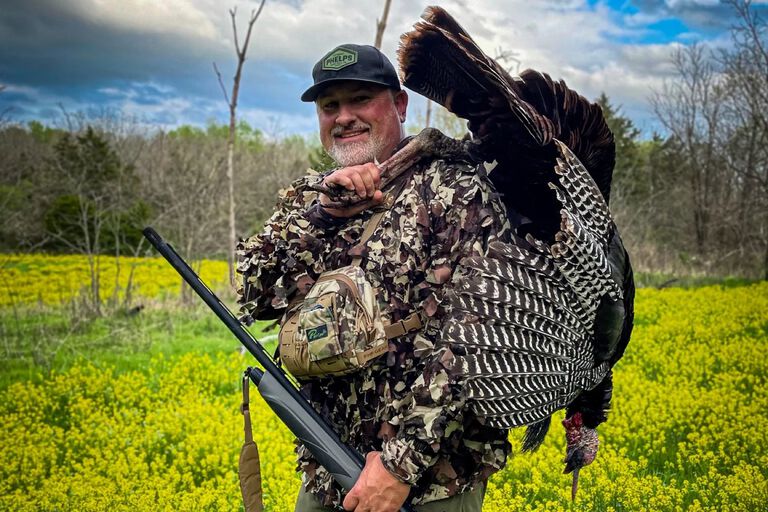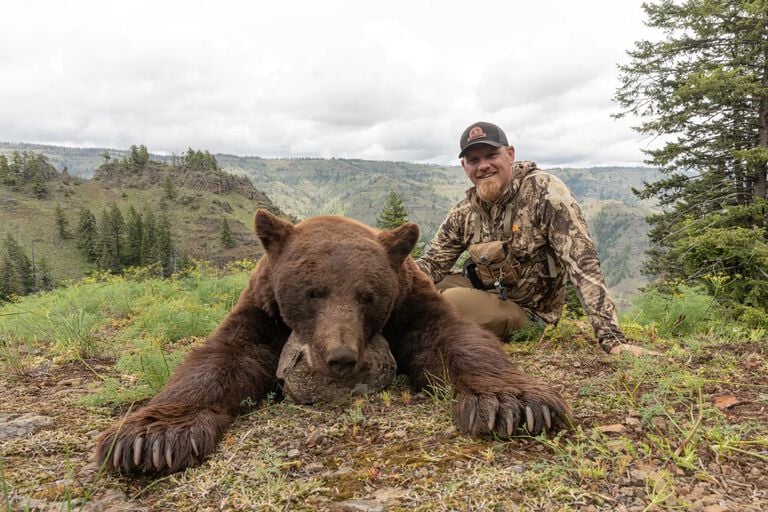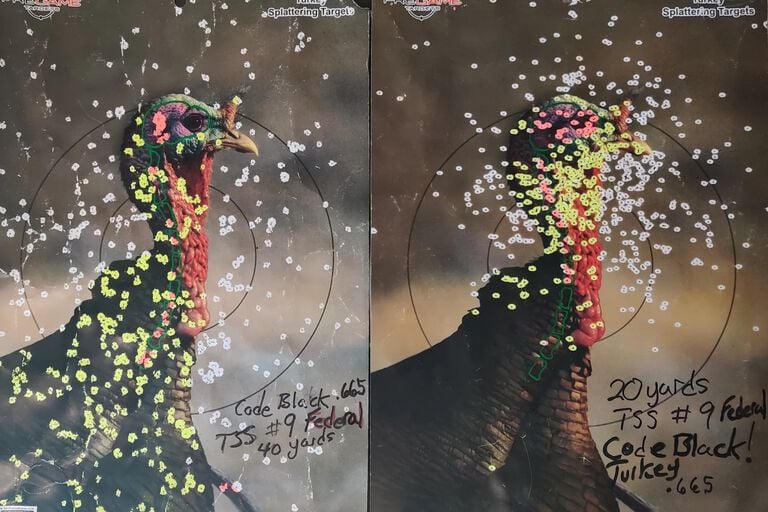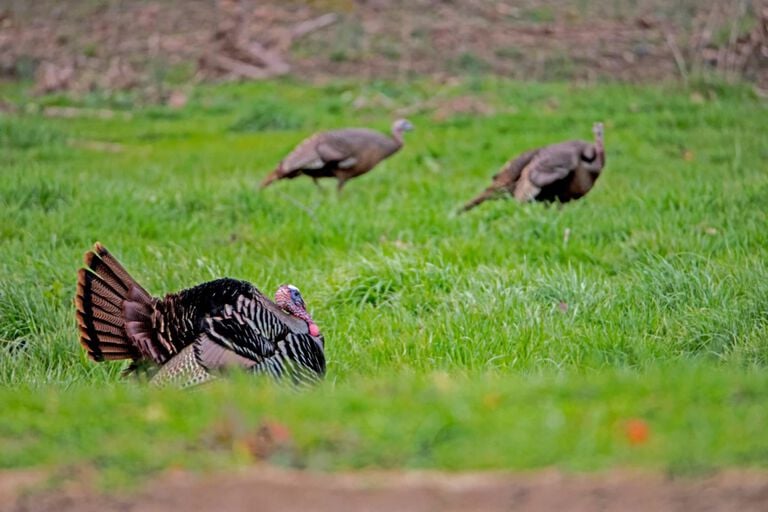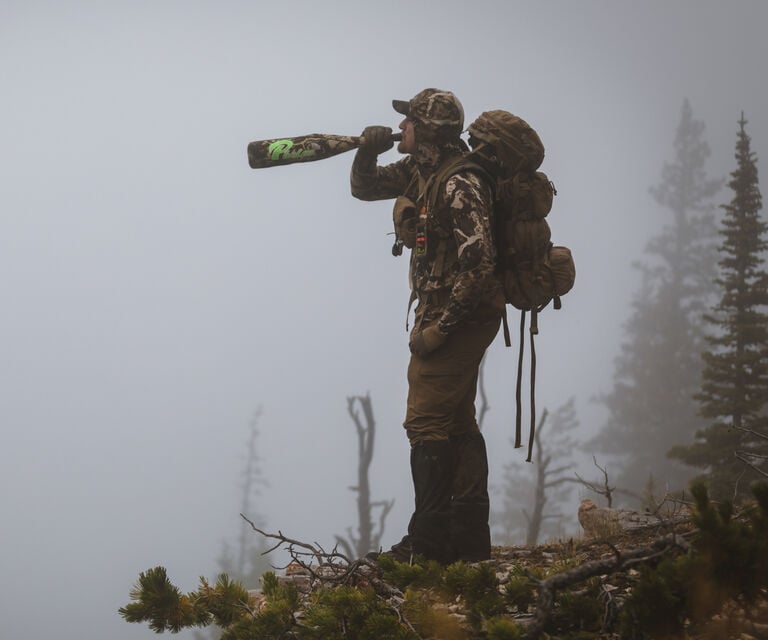3 PRESEASON SCOUTING TIPS FOR TURKEYS
Posted by Dirk Durham on March 8, 2022



Turkey season is just round the corner! Are you ready? Do you have some longbeards located? Maybe you're new to turkey hunting and wondering where to even start. Here are some helpful tips on where to begin.
Take a drive
I like to start scouting from the truck. Spring is great time to hop into the pickup, and roll down some old country roads looking for birds. This can be a family affair which can pay off big time while jockeying for time away from home. Wives and or kids can be the best turkey hunting partners ever.
I like to look at "fringe areas"- Places where meadows meet stands of timber. Clearcuts and burns are another place to start looking for turkeys. I also look to hidden lush green creek bottom meadows for turkey tracks and scat. Turkeys seek these places out because of the green plants and abundant bug opportunities. Don't forget your optics, as spending some time behind glass will prove worthwhile in trying to spot distant birds and even patterning their daily travels.
Barnyards
We might turn up our noses to eating in pastures where cattle and horses concentrate, but turkeys LOVE picking through leftovers from feed and critter droppings, to find seeds and bugs. Turkeys can be found roaming the countryside close by to such smorgasbords, so making friends with the rancher might help in notching your tag.
Roosting birds
At dawn and dusk is a great time to try some location calling. Turkeys will often roost in larger trees near the fringe areas where they can hear and see other turkeys or danger from their position. Using crow calls, owl hoots and turkey vocalizations is a sure fire way to trigger a gobbler's response in the dim morning light. In the last minutes of evening light, we use the same calls and even coyote yips and howls to entice a tom to crack off from the roost tree.
Turkeys are a hardy bird which I've found in the most odd places. So get creative in your search for the mighty "thunder chicken", as some overlooked spots can produce the best results calling in amorous longbeards.





